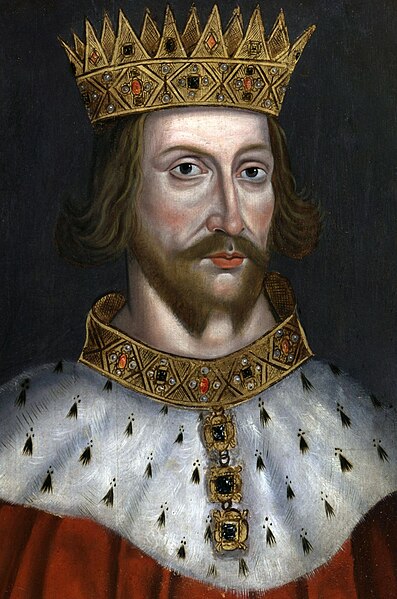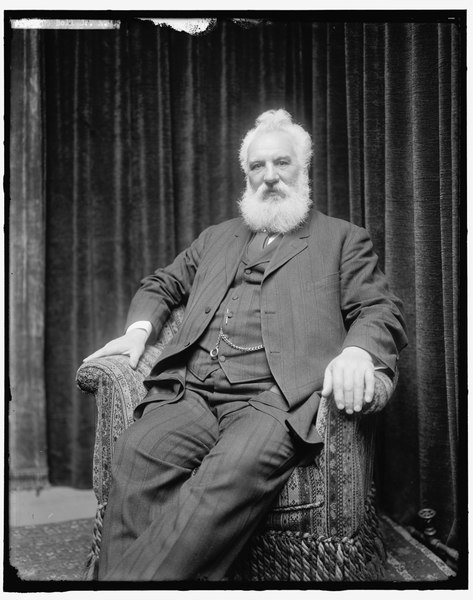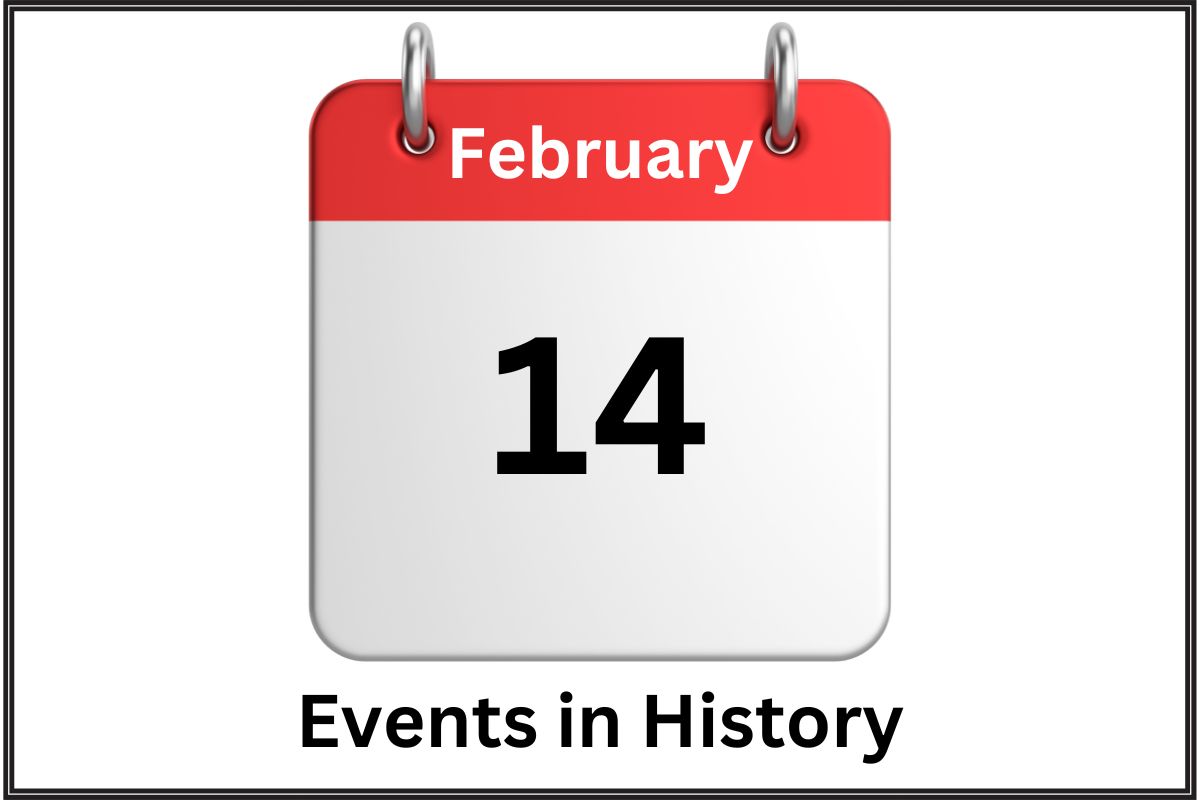This article highlights notable historical events that occurred on February 14th, offering a glimpse into moments that have significantly influenced our world.
From groundbreaking scientific achievements to critical cultural and political milestones, each event contributes to our understanding of the past. These occurrences, spanning various aspects of human endeavor, reveal the complexity and interconnectedness of history.
As we explore these events further, we uncover the depth of their impact and their lasting legacy in shaping our collective experience.
February 14th Events in History
270 – Saint Valentine is executed
According to popular belief, Saint Valentine was a priest in Rome or a bishop in the Roman province of Interamna (modern Terni, Italy) who was martyred during the reign of Emperor Claudius II Gothicus.
He was arrested for secretly marrying Christian couples, which was a means to help husbands avoid conscription into the pagan army.
Also Read: February 13 – On this Day in History
The legend suggests that while in prison, Valentine healed the jailer’s blind daughter, and before his execution, he sent her a letter signed “Your Valentine” as a farewell. His martyrdom led to his sainthood and the association of February 14th with a day of love.
1014 – Pope Benedict VIII recognizes Henry II as Holy Roman Emperor
Pope Benedict VIII and Henry II had a mutual interest in consolidating their powers against local nobles who were defying the Church’s and the Emperor’s authority. On February 14, 1014, during a ceremony in Rome, Pope Benedict VIII crowned Henry II as the Holy Roman Emperor.
This act not only solidified Henry’s rule over the Holy Roman Empire, a conglomerate of territories in Central Europe, but also reinforced the alliance between the papacy and the empire, which was vital for the political and religious landscape of medieval Europe.

1556 – Thomas Cranmer is declared a heretic
Thomas Cranmer, the Archbishop of Canterbury, played a pivotal role in the English Reformation, notably for his work on the Book of Common Prayer and his support of Henry VIII’s divorce from Catherine of Aragon.
Also Read: February 15th Events in History
However, with the ascent of Queen Mary I, a staunch Catholic, Cranmer’s Protestant reforms came under fire. On February 14, 1556, he was declared a heretic as part of Mary’s campaign to restore Catholicism in England. Cranmer was eventually executed, becoming a martyr for the Protestant cause.
1779 – James Cook is killed by Native Hawaiians near Kealakekua on the Island of Hawaii
Captain James Cook, the British explorer and navigator known for his voyages in the Pacific Ocean, met his end on February 14, 1779, during his third expedition.
After an initial warm welcome by the Native Hawaiians at Kealakekua Bay, tensions escalated due to a series of misunderstandings and incidents.
Cook attempted to take a Hawaiian chief hostage to reclaim a stolen boat, leading to a violent confrontation in which he was killed. His death marked a significant moment in European exploration history and had lasting impacts on European-Hawaiian relations.
1797 – French Revolutionary Wars: The Battle of Cape St. Vincent
The Battle of Cape St. Vincent was a significant naval engagement that took place off the southern coast of Portugal. It was part of the French Revolutionary Wars, involving the British Navy under Admiral Sir John Jervis and a larger Spanish fleet.
Despite being outnumbered, the British fleet achieved a decisive victory, greatly due to the audacious tactics of Commodore Horatio Nelson.
Nelson’s leadership and bravery during the battle earned him widespread fame and recognition, setting the stage for his legendary status in naval history. This victory was important for Britain’s naval dominance and its efforts against Napoleon’s France.
1849 – In New York City, James Knox Polk becomes the first serving President of the United States to have his photograph taken
This historical moment marks a significant technological milestone in the intersection of photography and politics. President James Knox Polk, the 11th President of the United States, sat for his photograph in New York City, making him the first incumbent president to do so.
The event underscored the growing importance and influence of photography as a medium for documenting historical figures and moments.
Polk’s presidency, which lasted from 1845 to 1849, was notable for significant territorial expansion of the United States, including the acquisition of Oregon Territory and the conclusion of the Mexican-American War.
1876 – Alexander Graham Bell applies for a patent for the telephone, just hours before Elisha Gray
On February 14, 1876, Alexander Graham Bell, a Scottish-born inventor, scientist, and teacher of the deaf, submitted a patent application for an “improvement in telegraphy,” which would later become known as the telephone.
This submission occurred only a few hours before Elisha Gray, an American electrical engineer, filed a caveat for a similar invention, leading to a contentious legal battle over the invention’s rights.
Bell’s patent (No. 174,465) was ultimately granted on March 7, 1876, marking a foundational moment in the development of telecommunications.

1899 – Voting machines are approved by the U.S. Congress for use in federal elections
The approval of voting machines for use in federal elections by the U.S. Congress marked a significant advancement in the electoral process, aiming to improve the efficiency, accuracy, and reliability of vote counting.
This innovation was part of broader electoral reforms that sought to address issues such as voter fraud and ballot tampering, which had marred previous elections. The introduction of voting machines represented a move toward modernizing the electoral system and reflected the technological advancements of the era.
1912 – Arizona is admitted as the 48th U.S. state
On February 14, 1912, Arizona was admitted to the Union as the 48th state, completing the continental United States’ territorial expansion.
Known as the “Grand Canyon State,” Arizona’s admission followed a lengthy and complex process, reflecting the broader themes of westward expansion, Native American dispossession, and the transformation of the American Southwest.
Arizona’s statehood was a pivotal event in the region’s political and social development, significantly impacting its demographic growth, economic development, and cultural identity.
1929 – Saint Valentine’s Day Massacre: Seven people, six of them gangster rivals of Al Capone’s gang, are murdered in Chicago
The Saint Valentine’s Day Massacre is one of the most infamous events in American organized crime history. On this day, seven men associated with the “Bugs” Moran North Side Gang were lined up against a wall and shot by four unknown assailants dressed as police officers.
The massacre took place in a garage on the North Side of Chicago and was the culmination of a power struggle between Al Capone’s South Side Italian gang and George “Bugs” Moran’s North Side Irish gang.
Although Al Capone was widely suspected to have ordered the massacre to eliminate Moran and establish dominance over the Chicago underworld, he was never officially charged in connection with the murders. The event garnered national attention and became a symbol of the violence and lawlessness of the Prohibition era.
1962 – First Lady Jacqueline Kennedy gives a tour of the White House on television
On this day, First Lady Jacqueline Kennedy provided the American public and viewers worldwide with an unprecedented televised tour of the White House.
This event was significant not only for its intimate glimpse into the presidential residence but also for showcasing Jacqueline Kennedy’s efforts to restore and preserve the historical integrity of the White House.
Her tour, which aired on CBS and NBC, reached an estimated 80 million viewers, highlighting her elegance, knowledge of history, and dedication to American heritage. This televised event greatly contributed to the public’s appreciation of the First Lady and solidified her status as a fashion icon and cultural influencer.

1966 – Australian currency is decimalized
February 14, 1966, marks a significant shift in Australia’s economic history with the decimalization of its currency. Prior to this date, Australia used the pounds, shillings, and pence system, which was cumbersome for calculations and increasingly seen as outdated.
The change introduced the Australian dollar, divided into 100 cents, aligning Australia more closely with the global economy and making transactions simpler and more efficient.
This transition was the result of years of planning and public education campaigns, including the catchy tune “Decimal Currency” to inform the public about the new system.
1972 – The Soviet Union launches Luna 20
Luna 20 was part of the Soviet Luna program, aimed at exploring the Moon. Launched on February 14, 1972, it successfully landed on the Moon near the Apollonius highlands region.
The mission’s primary objective was to return lunar soil samples to Earth, contributing to the scientific community’s understanding of the Moon’s composition and formation.
Luna 20 successfully returned to Earth with 55 grams of lunar soil on February 25, making it the eighth spacecraft to return lunar soil samples, highlighting the competitive nature of space exploration during the Cold War era.
1981 – Stardust fire: A fire in a Dublin nightclub results in 48 deaths
The Stardust fire tragedy occurred during a Valentine’s Day celebration at the Stardust nightclub in Artane, Dublin. The fire, one of the deadliest in Irish history, resulted in the loss of 48 lives and injured over 200 people.
Investigations into the fire revealed significant safety violations, including locked emergency exits and inadequate fire safety measures. The disaster led to widespread public outrage and significant changes in fire safety regulations and enforcement in Ireland, emphasizing the importance of stringent safety standards in public venues.
1983 – United American Bank of Knoxville, Tennessee collapses. Its president, Jake Butcher, is later convicted of fraud
The collapse of the United American Bank of Knoxville marked one of the largest bank failures in the United States at the time. The bank’s president, Jake Butcher, was a prominent banker and political figure who orchestrated one of the most significant banking frauds of the 1980s.
The scandal unfolded when it was discovered that Butcher had been involved in fraudulent lending practices and financial mismanagement, leading to the bank’s insolvency.
His conviction for bank fraud highlighted the vulnerabilities in the banking system and led to stricter regulatory oversight and reforms to prevent such financial disasters in the future.
1989 – Ayatollah Ruhollah Khomeini issues a fatwa encouraging Muslims to kill Salman Rushdie, author of The Satanic Verses
The issuance of a fatwa (a legal opinion or decree handed down by an Islamic religious leader) by Ayatollah Ruhollah Khomeini against Salman Rushdie marked a significant and controversial moment in literary and religious history.
Khomeini called for Rushdie’s death in response to his novel, “The Satanic Verses,” which was considered blasphemous by many Muslims for its portrayal of Prophet Muhammad.
The fatwa incited global debates on freedom of expression, religious sensitivity, and the limits of both. Rushdie went into hiding for several years due to assassination attempts and widespread protests, highlighting the intense clash between secular and religious values.
1990 – The Voyager 1 spacecraft takes the photograph of planet Earth that later becomes famous as Pale Blue Dot
Captured by NASA’s Voyager 1 spacecraft from a distance of about 6 billion kilometers (3.7 billion miles) from Earth, the “Pale Blue Dot” photo shows Earth as a tiny point of light within the vastness of space.
This image, suggested by astronomer Carl Sagan, has since become iconic, symbolizing the fragility and isolation of our planet in the cosmic expanse. Sagan eloquently reflected on the photograph’s significance, pondering humanity’s place in the universe and the commonalities that bind all of human life on this small planet.
2000 – The spacecraft NEAR Shoemaker enters orbit around asteroid 433 Eros, the first spacecraft to orbit an asteroid
The Near Earth Asteroid Rendezvous (NEAR) Shoemaker mission, named after the geologist and planetary scientist Eugene Shoemaker, achieved a significant milestone in space exploration.
By entering orbit around the asteroid 433 Eros, it became the first spacecraft to orbit an asteroid. This mission provided valuable data on the asteroid’s composition, orbit, and structure, offering insights into the early solar system’s conditions and the processes that led to the formation of planetary bodies.
The NEAR Shoemaker mission marked a leap forward in our understanding of asteroids and their potential impact on Earth.
2005 – YouTube is launched by a group of college students, eventually becoming the largest video sharing website in the world
The launch of YouTube by Steve Chen, Chad Hurley, and Jawed Karim, who were all early employees of PayPal, revolutionized how videos are shared and consumed on the internet.
Initially conceived as a platform for users to upload and share personal videos, YouTube quickly grew into a global hub for entertainment, education, and communication.
Its impact on media, culture, and even politics is profound, facilitating the rise of independent content creators and becoming a primary source of news, tutorials, and entertainment for millions around the world.
2018 – A shooting at Marjory Stoneman Douglas High School in Parkland, Florida, kills 17 people and injures 17 others
The tragic event at Marjory Stoneman Douglas High School is one of the deadliest school shootings in U.S. history.
A former student opened fire on campus, resulting in 17 deaths and numerous injuries. The shooting sparked a national debate on gun control laws, school safety, and mental health, leading to the March For Our Lives movement, organized by students from the school.
This movement mobilized millions across the country to call for legislative changes to prevent future tragedies, highlighting the power of youth activism and the urgent need for comprehensive policy reform in gun control.
